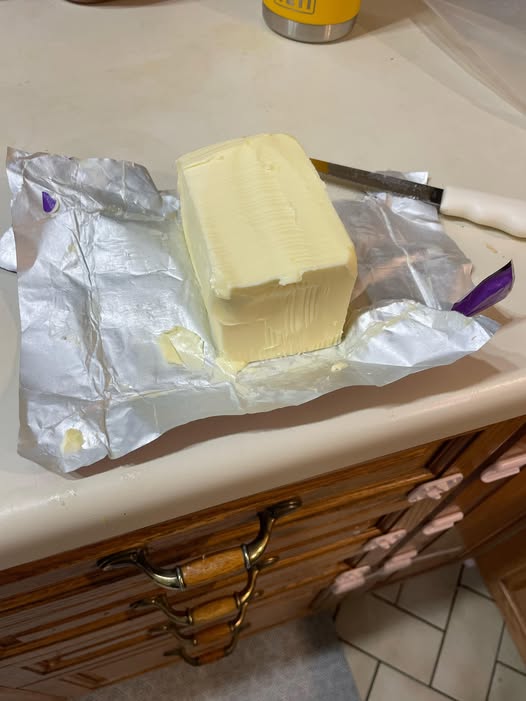Butter is one of those kitchen essentials that shows up in nearly every recipe, from breakfast toast to baked goods to savory sauces, and its creamy texture and rich flavor make it a favorite among home cooks and professional chefs alike. But when it comes to storing butter, there’s often some confusion. One of the most common questions people ask is whether it’s safe to leave butter out on the counter. Surprisingly, the answer is yes—it can be safe, provided you take the right precautions to store it properly and keep it from spoiling.

The reason butter can stay at room temperature without becoming unsafe lies in its composition. Butter is mostly made up of milk fat, with very low moisture content. Since bacteria thrive in moist environments, butter’s dryness makes it less susceptible to bacterial growth. As long as it’s stored in a clean, controlled environment, butter doesn’t spoil quickly. So how long can you actually leave butter out before it becomes a problem? If your kitchen stays below 70°F (21°C), you can safely leave butter on the counter for up to a week. However, if your home is warmer—especially during summer—it’s best to limit countertop storage to a few days. Regardless of temperature, you should always store butter in a covered dish or an airtight container to protect it from dust, odors, and potential contamination. One of the easiest ways to store butter on the counter is in a butter dish with a lid.
This keeps it clean and helps it stay fresh longer while still being easily accessible when you need a spreadable texture. Another great storage method is using a butter bell, also known as a butter crock. This clever tool uses a small amount of water to create an airtight seal around the butter, which protects it from air and outside smells. No matter which method you choose, it’s important to place your butter somewhere cool and dry, away from direct sunlight or heat sources like the stove or oven, to maintain a consistent temperature and extend its shelf life. But what if your butter has been refrigerated and you need it to soften quickly for baking or spreading?
There are a couple of handy tricks to get it to room temperature faster. One method is to cut the cold butter into small pieces and microwave it on a low power setting in very short intervals. Be careful not to melt it—your goal is soft, not liquid. Another effective technique is to use a box grater to shred the butter. This increases the surface area and speeds up the softening process naturally at room temperature. Even though butter can be left out safely, it’s still important to know the signs of spoilage.
If your butter has a sour or off-putting smell, it’s likely gone bad. Fresh butter should have a pleasant, creamy scent. If it tastes sour or bitter, that’s another clue it’s time to toss it. And, of course, if you spot any mold or discoloration, don’t take any chances—just throw it out. Spoiled butter can ruin a recipe and may not be safe to eat. Knowing how to safely store and use butter at room temperature can make your cooking routine smoother and your food even more delicious. Butter that’s soft and ready to use straight from the counter is not only convenient but also ideal for spreading on bread or incorporating into recipes without waiting. With just a few simple storage tips, like keeping butter in a covered dish, using a butter bell, and placing it in a cool spot, you can enjoy fresh, creamy butter whenever you need it. Just remember to watch for signs that it’s no longer good, and don’t leave it out too long in hot weather. Understanding the balance between safety and convenience when it comes to butter storage lets you make the most of this versatile ingredient. Whether you’re baking a batch of cookies or making a quick breakfast, room-temperature butter can be a game changer—just store it smart and enjoy it with confidence.





